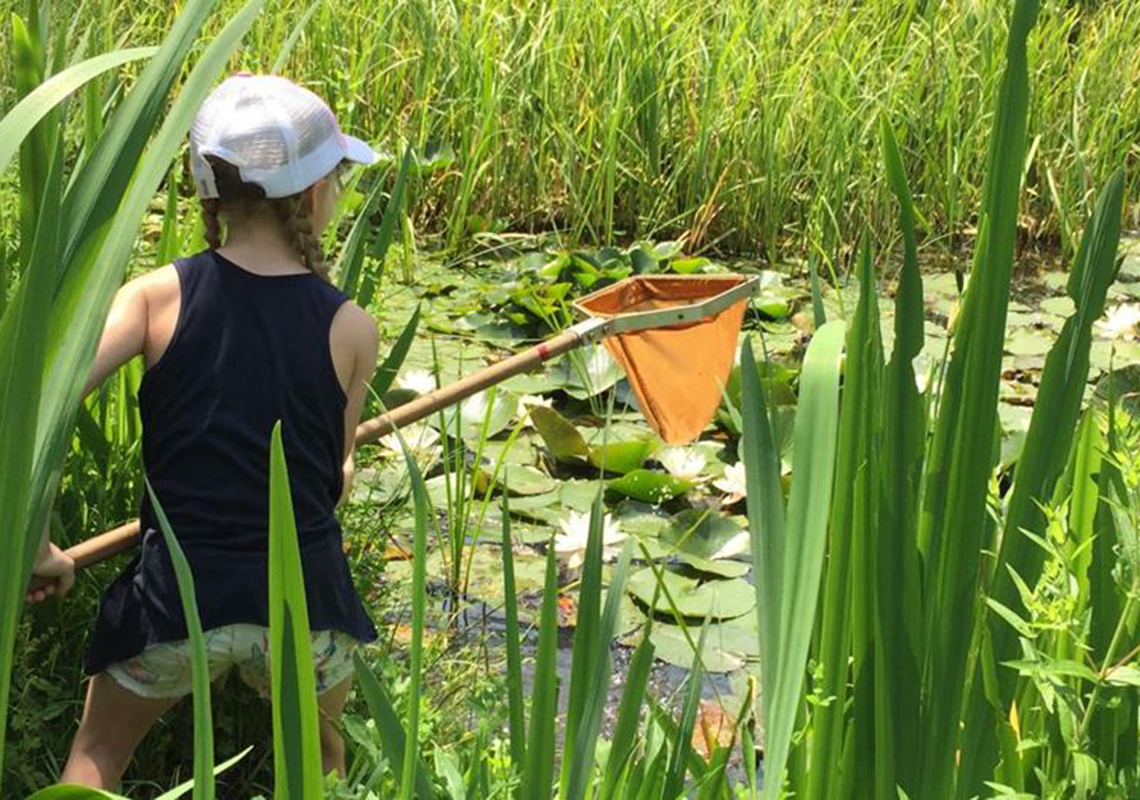Funding for school grounds improvements can come from a variety of sources, including large grant making bodies much as the National Lottery, or from small school events, such as a sponsored walk. Where you source your funding from very much depends on what you want to do and who is involved in or who benefits from your project.
General advice on applying for funding
The application process for funding bodies varies tremendously, some simply ask for a letter outlining your project whilst others may involve a time consuming and detailed twenty page form. Make sure you:
- have the time to undertake the application
- have all the information required before you start
- meet the funders criteria, including: organisational status, match funding requirements and outcomes.
Funding bids can fail due to incomplete or ill-matched applications and missed deadlines.
Involve the whole school
Successful school grounds projects are well thought out and consider the needs of the whole school community. Remember to consider and involve groups that use the school site outside school time as this may make the project of interest to a wider range of funders and supporters. This includes pupils, teachers, support staff, parents / other family and the local community, who may be able to use the grounds, as well as individuals, organisations or businesses with links to the school.
The more people that are involved the greater the resources for you to tap into and the more likely you are to succeed with grant applications as funders like to see evidence of consultation and need. Funders are likely to want to see evidence of how your project:
- meets their own aims, objectives and criteria
- fits into the school development plan and local strategies, such as those focused on health and well-being.
- delivers educational elements and links to the national curriculum.
Planning is key to success
As with any project, planning is your key to success. It is a very good idea to establish a management group for your project with members from all parts of the school community. Once you have calculated the costs of the work you would like to do it is important to develop a fundraising strategy. A fundraising strategy should:
- be in line with the aims and objectives of the project – this will help you to avoid being funding-led which could mean you compromise your project
- have realistic timescales and target dates – it is worth noting that many funders have long lead times so you will need to make allowance for this
- breakdown the projects into manageable chunks this allows flexibility and successes to be achieved early on which is important for the morale of the project team
- include funds to manage the project in the long term i.e. maintenance of the school grounds
- be reviewed and amended periodically or following funding application outcomes or fundraising events.
Other hints and tips
- Don’t forget to consider gifts in kind – carry out a skill survey to see what skills and knowledge you can draw on in your school community
- Approach local businesses for sponsorship, such as materials or monetary sponsorship. Requests from pupils may be more successful
- Consider re-using materials in your project, such as paving stones, old bricks, unwanted plants – from the school site or from parents or partners
- Organise an event – there is an endless list of events that can raise lots of money, some for relatively little effort. Events such as sponsored walks, sponsored silences, non-uniform days, cake sales, discos, fun days, quiz nights, plant sales and karaoke evenings to name but a few
- Speak to any individuals who are linked with initiatives at the school such as healthy schools, walk to school schemes etc. They may be able to draw on funding such as money linked to promoting healthy eating which could pay for a growing area
Download a printable version of this information


